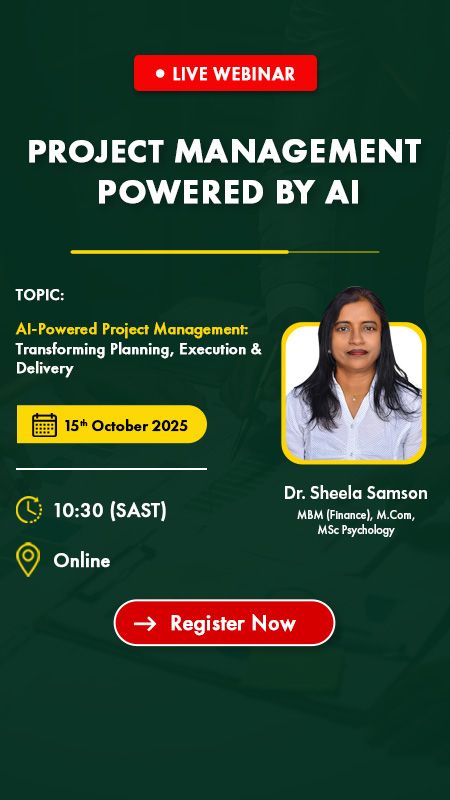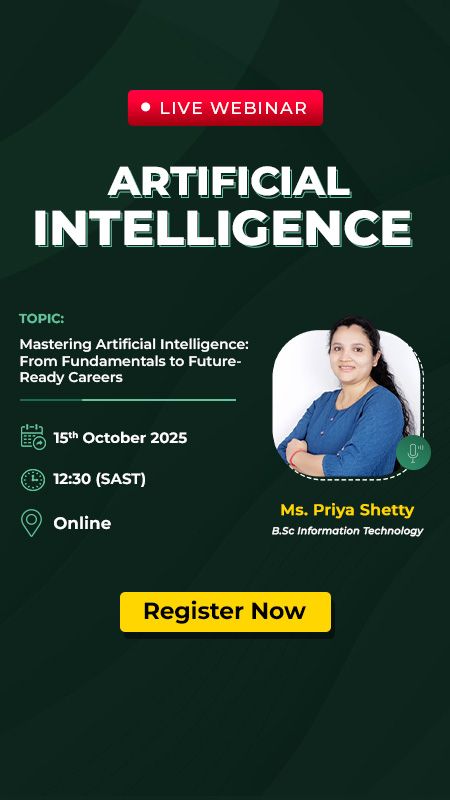How to start a career in Cloud Computing after a Computer Science Degree?
Cloud computing is no longer just a fancy term in the technology landscape; whether in a corporate or learning environment, it has become essential. The unique features of cloud computing, such as scalability, flexibility and on-demand availability, are driving businesses to shift from on-site infrastructure to cloud infrastructure. This shift is one of the main reasons behind the rise in cloud computing-based career opportunities. So, for those aspiring to become a Cloud Engineer or want to be a part of this workforce, you must take a step to learn about this platform and how you can become an expert in this domain.
Cloud Players
Before diving into the technicalities of the cloud computing platform, you must first understand the service providers. There are three key global players who provide cloud-based services on a pay-as-you-go model – meaning you pay according to usage. When resources are not in use, you can deactivate them and later reactivate them whenever needed.
According to the Synergy Research Report (2024), AWS dominates with a market share of 34%, and Microsoft Azure accounts for 15% and GCP 10%, respectively. Besides these three key players, other players such as Alibaba, IBM, and Salesforce contribute 6% or below 6%. Many enterprises prefer these three providers, often referred to as hyperscalers, due to their global infrastructure that delivers high-performance cloud services across multiple regions.
The Journey Of Learning Cloud Computing
Basic Understanding Of Cloud Services
Cloud computing is a cluster of services comprising IaaS, PaaS, and SaaS, each serving a distinct purpose in managing infrastructure, platforms, and software delivery. As a learner, it’s important to understand the significance of these services, as they form the foundation of cloud operations and decision-making.
Let’s explore each of these service models in detail to understand their roles and applications.
1. Infrastructure as a Service (IaaS)
Provides users with control over infrastructure components such as operating systems, networking, and data.
Example: Virtual Machines
2. Platform as a Service (PaaS)
Enables developers to design, test, and deploy applications without managing the underlying infrastructure.
Example: App Engine, AWS Lambda
3. Software as a Service (SaaS)
Delivers software applications to users on demand, allowing them to access tools without installation or maintenance.
Example: Gmail, Dropbox
Besides the service models, you must also understand deployment models, which define the environment – private, public, or hybrid – in which your services run. Think of it like driving a car: the deployment environment is the road, and you configure your cloud services based on the route you need.

Cloud Platforms
You may choose any one of the platforms from the key players list – AWS, Azure or GCP. Once you have better clarity on the services offered by these platforms and how you can use them as a user, you may later get hands-on experience on the other two platforms. It would be easier for you to decide which cloud platform is right for you as an individual user or for your organisation.
Cloud Technical Skills
If you already have a basic understanding of technology, you are well-positioned to build your cloud skills. You will learn about network resource management, operating system administration, virtualisation, automation, and workflow management.
Cloud Security Management
Both individuals and organisations require security to safeguard their data and applications. As a learner, you will have to understand the three key pillars: identity access management, encryption and compliance. This will help you to protect and safeguard your cloud services. You cannot provide physical security on cloud platforms; however, you can establish a framework of principles, roles, and policies to safeguard your cloud environment. The cloud computing programme helps to learn about these concepts and how to integrate them.
Career Roadmap
The roadmap begins with foundational technical skills, which help you to dive into the career journey. Once you understand the cloud foundations, then you can advance your knowledge by using cloud computing services with hands-on activities or projects. However, if you are a beginner and looking for a career opportunity, here is a hierarchy given for your understanding:
1. Entry-level opportunity – Cloud Associates
This entry-level role is required to assist with the day-to-day management of cloud operations, such as monitoring, troubleshooting and other services management.
2. Cloud Administrator / Cloud DevOps Engineer
This position requires experience to manage security, manage cloud efficiency, and build and maintain cloud workflows. You must have a deeper understanding of the cloud tools and implementation.
3. Cloud Architect / Security Engineer
This is a senior position; you must have in-depth knowledge of the entire cloud management and service architecture. You play a key role in the cloud strategy and are responsible for planning, integration and compliance monitoring, etc.
Conclusion
Remember, these are just three different levels; however, the positions may vary from organisation to organisation based on the size and cloud framework adopted by the organisation. Cloud competencies open a wide range of career opportunities in today’s technology landscape. These competencies assist you in making appropriate decisions about the cloud services integration within the organisational framework. Additionally, these competencies enable you to design and make appropriate strategic decisions by providing cost-efficient solutions.
How to start a career in Cloud Computing after a Computer Science Degree – FAQ
Which platforms are optimal for cloud computing?
Cloud-based platforms can be selected according to your workload, expertise, compliance requirements, and financial constraints. Nonetheless, the following platforms may be considered – Amazon Web Services (AWS), Microsoft Azure, Google Cloud Platform (GCP), Oracle Cloud Infrastructure, IBM Cloud, Alibaba Cloud.
If I learn and develop my expertise on one cloud platform, such as AWS, can I apply my competencies to other platforms like Azure or Google Cloud?
Indeed, almost all of cloud competencies are transferable. Approximately 70–80% of the knowledge acquired is readily transferable. The distinctions mostly involve service nomenclature, CLI/API syntax, default settings, and pricing structures. For instance:
- Compute: AWS EC2 ⇄ Azure Virtual Machines ⇄ GCP Compute Engine
- Object storage: AWS S3, Azure Blob Storage, GCP Cloud Storage
- Functions: AWS Lambda, Azure Functions, GCP Cloud Functions
What is the significance of Linux and scripting in cloud computing?
Nearly all of cloud workloads operate on Linux, with scripting facilitating automation of deployments and operations.
Which projects most effectively demonstrate cloud competencies?
An application using Infrastructure as Code (Terraform), Continuous Integration/Continuous Deployment (GitHub Actions/Jenkins), and monitoring capabilities.
How can I effectively demonstrate my competencies to potential employers?
Publish code on GitHub, compose concise READMEs, document architectural diagrams, and provide links to deployed demonstrations.









